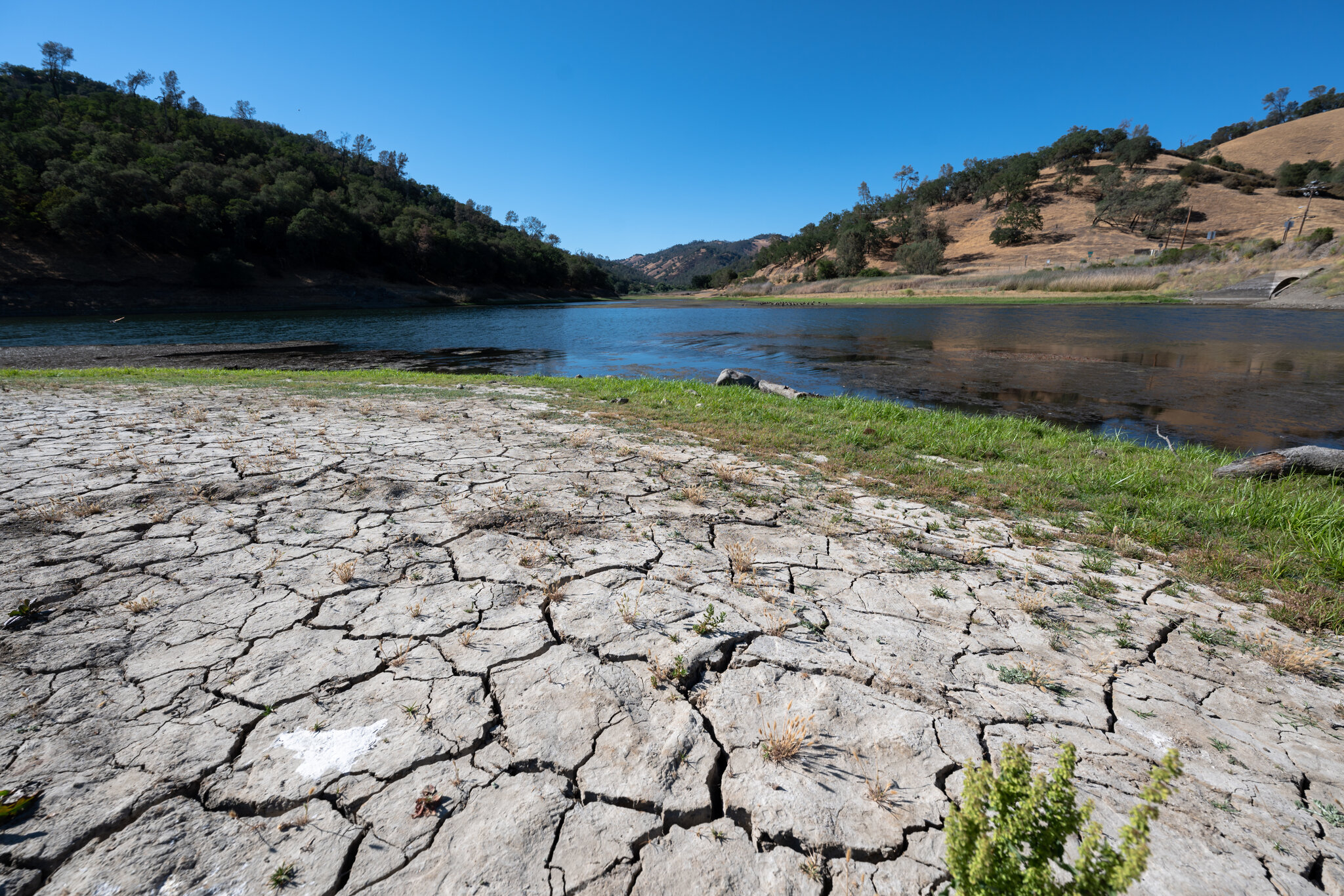California, USA – Amid worsening drought conditions, California officials have introduced new water restrictions to combat the state’s escalating water crisis. With reservoirs at critically low levels and groundwater supplies shrinking, authorities are urging residents, farmers, and businesses to reduce water consumption.
Drought Reaches Critical Levels
California has been facing prolonged drought conditions, exacerbated by rising temperatures and decreased precipitation. According to the California Department of Water Resources, the state’s snowpack—the primary source of water replenishment—has dropped to just 30% of its average level. This alarming decline has triggered widespread concerns about water availability for urban areas, agriculture, and environmental needs.
The U.S. Drought Monitor classifies much of California under “severe” to “exceptional” drought conditions, with areas in the Central Valley and Southern California experiencing the most significant impact. Scientists attribute these extreme weather patterns to climate change, with prolonged dry spells and record-breaking heat waves further straining the state’s water resources.
New Water Restrictions Announced
In response to the crisis, Governor Gavin Newsom has directed state agencies to enforce stricter water conservation measures. The California State Water Resources Control Board has implemented a series of emergency regulations, including:
- Outdoor watering restrictions: Residents are now limited to watering lawns and gardens only twice per week. In some counties, watering is banned entirely.
- Fines for water waste: Households and businesses found violating restrictions may face fines of up to $500 per day.
- Agricultural water limitations: Farmers will receive reduced allocations from state-managed water sources, forcing many to shift to drought-resistant crops or cut production.
- Commercial water limits: Restaurants and hotels are required to serve water only upon request and implement water-efficient fixtures.
The goal of these measures is to reduce overall water consumption by at least 15% statewide. “We need every Californian to step up and do their part,” said Governor Newsom in a recent press conference. “The situation is serious, and immediate action is necessary.”
Impact on Agriculture and Economy
California’s agricultural industry, which produces over a third of the nation’s vegetables and two-thirds of its fruits and nuts, is particularly vulnerable to water shortages. Farmers in the San Joaquin Valley have already been forced to leave thousands of acres unplanted due to a lack of irrigation water. The California Department of Food and Agriculture warns that continued drought could lead to higher food prices and job losses in farming communities.
Beyond agriculture, industries reliant on water, such as manufacturing and tourism, are also feeling the strain. Some businesses have been forced to invest in expensive water recycling systems or cut back operations. The economic toll of the drought is expected to surpass billions of dollars if conditions persist.
Environmental Concerns and Wildfire Risks
California’s fragile ecosystems are also bearing the brunt of the drought. Low water levels in rivers and lakes have threatened fish populations, including endangered species such as the Chinook salmon. Additionally, dry conditions have heightened the risk of wildfires, which have already scorched thousands of acres this year.
The California Department of Forestry and Fire Protection has issued warnings about an extended fire season, urging residents to take precautionary measures. “With vegetation extremely dry, even a small spark can lead to a devastating wildfire,” said a Cal Fire spokesperson.
Looking Ahead: Conservation and Long-Term Solutions
While immediate restrictions aim to mitigate the crisis, California is also investing in long-term solutions to improve water sustainability. The state is expanding its water recycling and desalination projects, increasing groundwater storage, and promoting drought-resistant landscaping through incentive programs.
Residents are encouraged to adopt water-saving habits, such as using efficient appliances, fixing leaks, and reducing unnecessary water usage. The Save Our Water campaign provides resources to help Californians conserve water in their daily lives.
Experts emphasize that addressing the drought requires a collective effort. “We can’t rely on just one wet season to fix this,” said a climate scientist at the University of California. “Sustained water management and conservation will be key to adapting to a drier future.”
As California battles its worsening drought, officials and residents alike must work together to navigate this ongoing challenge, ensuring that the state’s water resources remain viable for future generations.
Disclaimer – Our team has carefully fact-checked this article to make sure it’s accurate and free from any misinformation. We’re dedicated to keeping our content honest and reliable for our readers.








